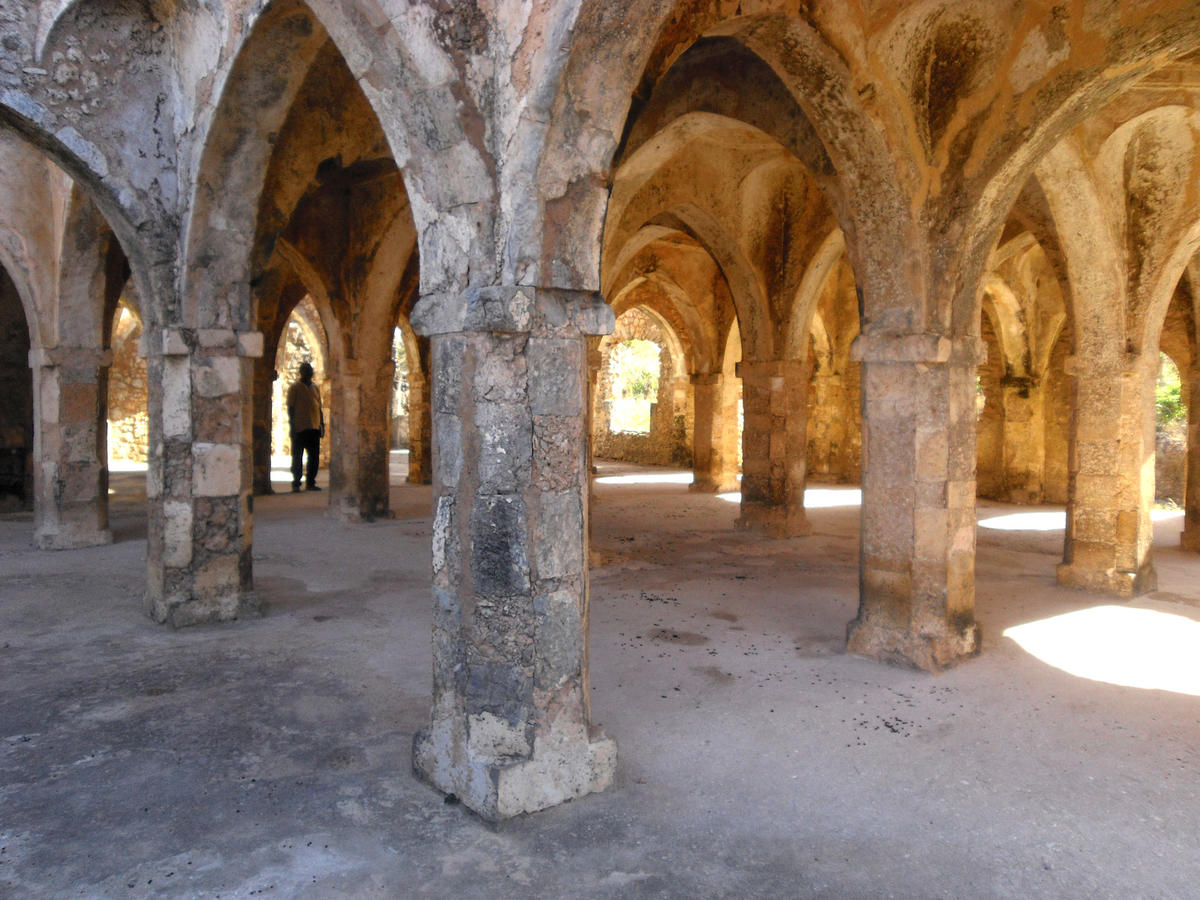
The African continent is extensive, diverse, rich and holds numerous social aspects throughout its territory. From its historical, scientific and cultural contributions, Africa is still able to positively offer diverse experiences by presenting itself as a land of contrasts and also of great architectural monuments. Among them are historic African fortresses, which help us to refer to a very interesting past due to their unique architecture, historical values and unique beauties.

The following is the most five iconic African fortresses that deserve to be on your bucket list when you decide to travel to one of these listed countries down below.
The Fort of Kilwa Kisiwani, TANZANIA
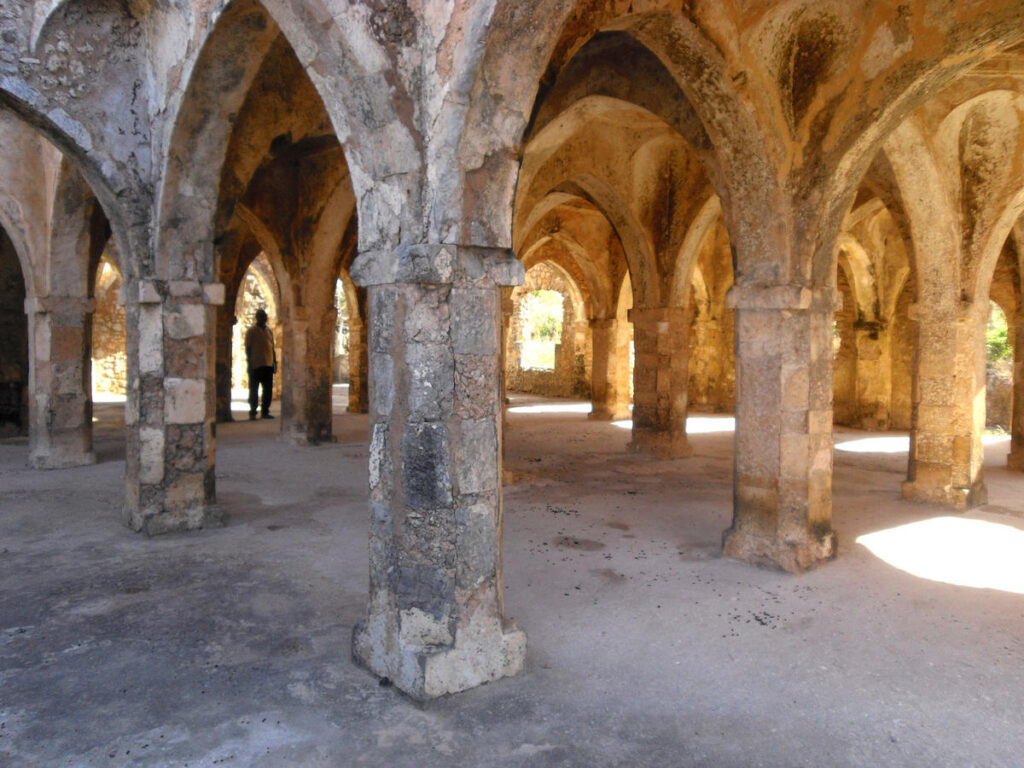
Nestled along the coast of Tanzania, a short boat drive from the mainland, the Fort of Kilwa Kisiwani is one of the oldest forts in East Africa. It was built in 1505 by the Portuguese and was declared a UNESCO World Heritage Site in 1981. Kilwa Kisiwani as once the East Africa’s most popular trading post along the coast. It featured majestic architecture, surrounded by towers and a wall, and lush vegetation. Today, it has been completely abandoned and it stands in ruins, but it’s well-preserved with one side of the building facing the ocean, and the other side facing the mainland. With its captivating ensembles of ruins, the fort of Kilwa Kisiwani is renowned for its historical and architectural importance. Explore the captivating history of Kilwas and learn about the amazing affluence the fort once had.
Ribat de Monastir, Tunisia
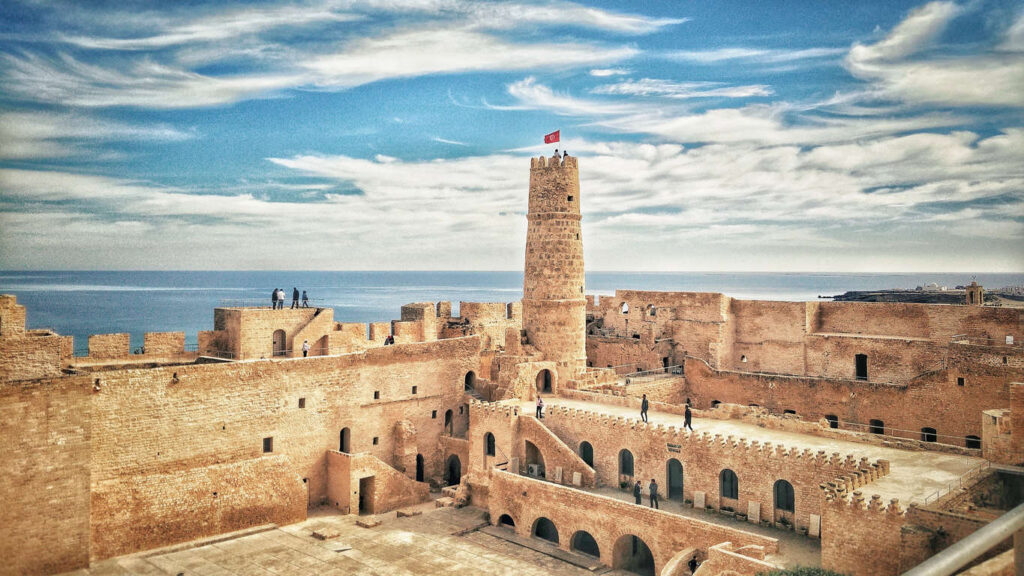
Built in 796 AD, the Monastir Ribat is a fortress located in Monastir, Tunisia. It is flanked by circular and polygonal towers.
It is the oldest ribat built by the Arab conquerors during the Muslim conquest of the Maghreb. It is also the most prominent monument in the city of Monastir.
Fasil Ghebbi, Ethiopia
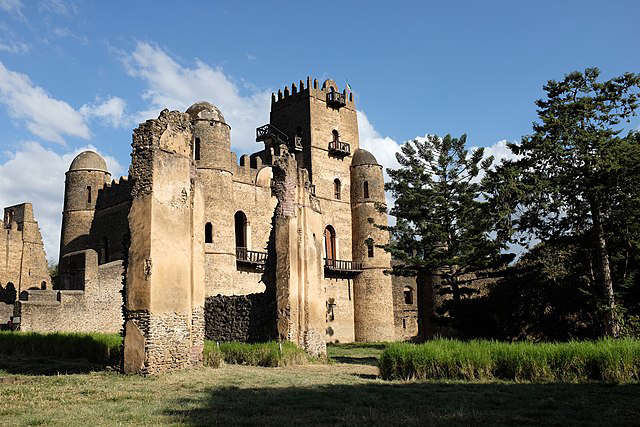
Located in Gobar, Ethiopia, the fortress Fasil Ghebbi is made up of an architectural ensemble, consisting of palaces, churches, monasteries and unique public and private buildings, revealing Hindu and Arab cultural influences.
The castle of King Fasilides, built in the 1640s, is one of the monuments of the fortified city of Fasil Ghebbi. It was the residence of the Ethiopian Emperor Fasilides and his successors during the 16th and 17th centuries.
Great Zimbabwe, Zimbabwe

Great Zimbabwe lives up to its name. Its ruins consist of nothing less than the largest and most significant fortress city in all of sub-Saharan Africa, a unique heritage of the Bantu civilization, which populated the entire center and south of the continent.
Believed to be built between the 13th and 15th centuries, the history of Great Zimbabwe is a delight for curious and adventurous ears. Steeped in mystery and surrounded by myth, the empire’s origin and decline still hold many secrets yet to be discovered.
The Citadel of Qaitbay, Egypt
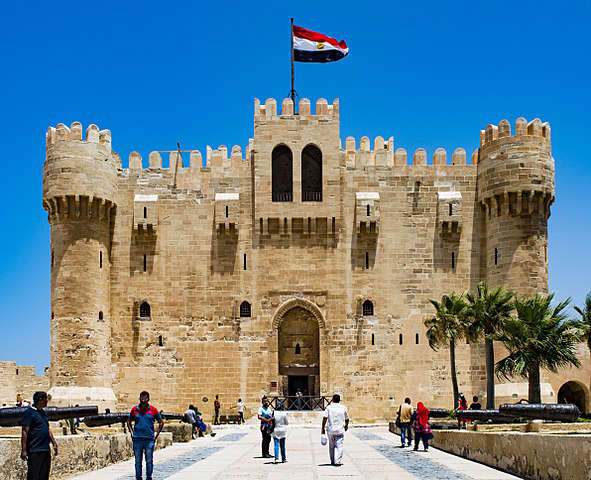
The Citadel of Qaitbay is a 15th-century defensive fortress located on the coast of the Mediterranean Sea in Alexandria, Egypt. It was established in 1477 AD by Sultan Al-Ashraf Sayf al-Din Qa’it Bay. The Citadel is situated on the eastern side of the northern tip of the Isle of Pharos, at the mouth of the East Harbor.
The Qaitbay Citadel in Alexandria is considered one of the most important defensive fortresses not only in Egypt but also along the coast of the Mediterranean Sea. It formed an important part of Alexandria’s fortification system in the 15th century AD.
